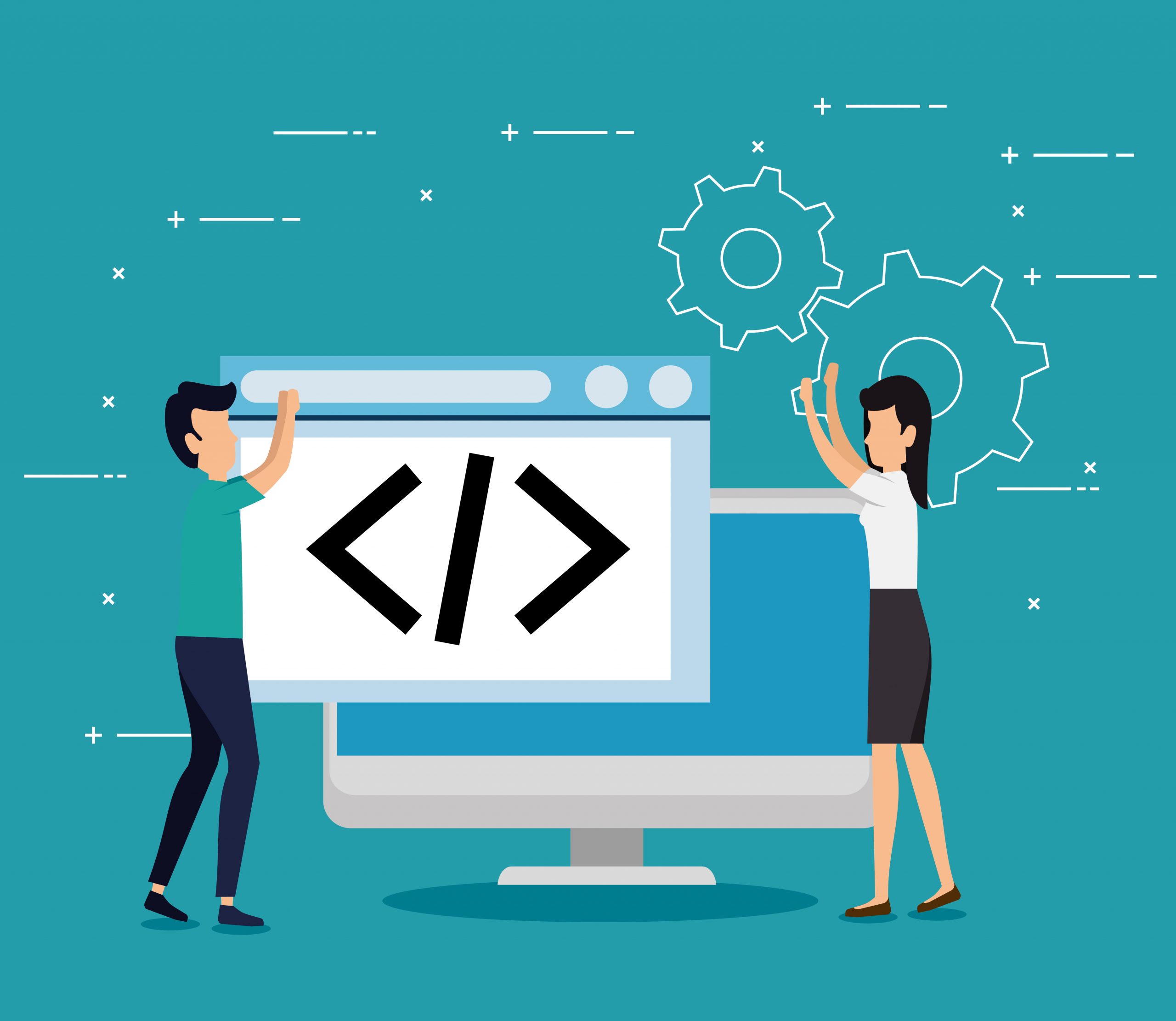In today’s workforce, employee development has become a strategic priority for businesses aiming to stay competitive. Organizations are embracing structured frameworks like Training Master Plans (TMPs) and Personal Development Plans (PDPs) to bridge skill gaps, retain top talent and align employee growth with business goals. These tools not only enhance individual performance but also fortify the company’s long-term resilience.
Training master plan: A strategic approach to workforce development
A unified training master plan serves as a comprehensive roadmap for all training and development activities within a company. By integrating organizational objectives, departmental needs, and individual development goals, the TMP ensures a cohesive approach to employee growth.
Key components of a TMP include:
- Organizational goals
Aligning training initiatives with business objectives.
- Individual needs
Tailoring development opportunities to employee aspirations.
- Budget allocation
Managing costs for training programs, tools, and resources.
This strategic alignment ensures that investments in employee training yield measurable returns. According to a 2023 report by LinkedIn Learning, companies that align training with strategic goals experience a 24% higher retention rate and a 29% increase in productivity.
Personal development plans: Empowering individual growth
A Personal development plan (PDP) is a tailored framework designed to help employees identify and achieve their career goals. PDPs focus on individual strengths, skill gaps and aspirations while aligning these with the organization’s needs.
The process of creating a PDP involves:
- Performance reviews
Assessing achievements and areas for improvement.
- Competency evaluations
Identifying skill gaps and growth opportunities.
- Collaborative planning
Engaging employees, managers, and HR to set actionable development goals.
The 70:20:10 model is a widely recognized framework for implementing PDPs:
- 70% experiential learning: Hands-on tasks, projects and on-the-job challenges.
- 20% social learning: Mentorship, coaching and peer collaboration.
- 10% formal learning: Structured training programs and certifications.
A 2022 Gartner study found that companies implementing structured PDPs saw a 35% improvement in leadership readiness and a 21% boost in employee engagement.

Why unified development plans matter?
Combining the TMP and PDP into a unified framework allows organizations to:
- Align individual and organizational goals – Ensure that personal growth contributes to business success.
- Optimize resource allocation – Prevent redundancies and maximize training ROI.
- Foster a culture of continuous learning – Empower employees to take ownership of their development.
According to Deloitte’s 2023 Global Human Capital Trends, 74% of organizations report that unified development frameworks improve talent retention and succession planning.
Identifying development needs
Effective development plans begin with identifying needs in three key areas:
- Knowledge: Addressing gaps in understanding processes, tools or strategies.
- Skills: Enhancing practical abilities to perform tasks more effectively.
- Capabilities: Building cognitive, social or emotional competencies.
Development plans must also consider employee attitudes, as they influence motivation and readiness to grow. This holistic approach ensures well-rounded development.

Practical tips for implementation
- Focus on priorities
Start with addressing knowledge gaps, followed by skills and then deeper challenges like attitudes and motivation.
- Engage managers
Managers play a critical role in supporting, monitoring and evaluating employee progress.
- Align with strategy
Development plans should reflect business goals to ensure mutual benefit for employees and the organization.
The role of Brick, Mortar and Daughter
At Brick, Mortar and Daughter, we provide the tools to seamlessly integrate Training Master Plans and Personal Development Plans. Our platform supports:
- Skill mapping and analysis: Identify gaps and tailor development strategies.
- Customizable development frameworks: Align training initiatives with organizational goals.
- Performance tracking: Monitor progress and acknowledge achievements.
With Brick, Mortar and Daughter, your organization can build a culture of growth and innovation, ensuring both your employees and your business thrive.
Let’s bridge the gap between potential and performance – together.



